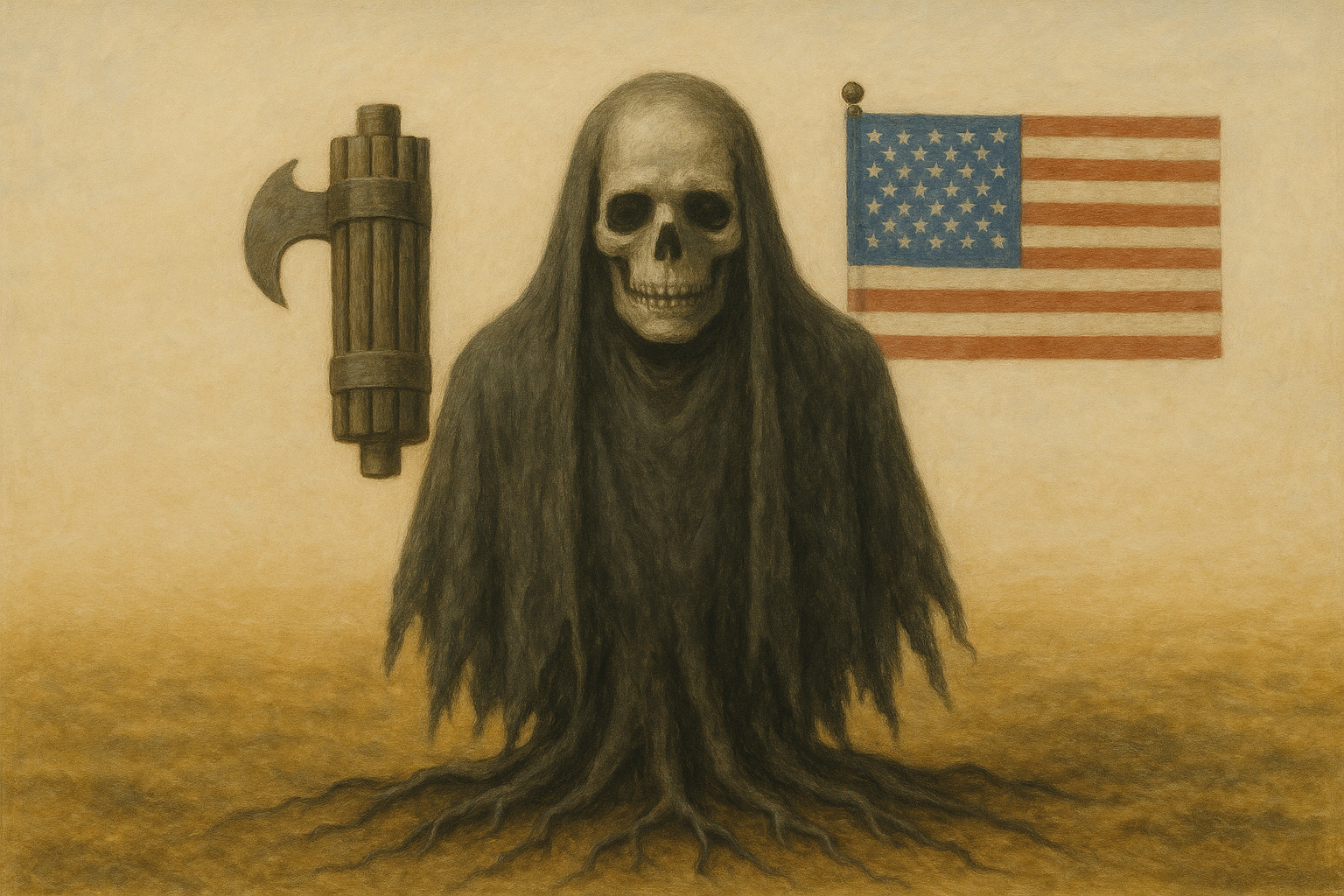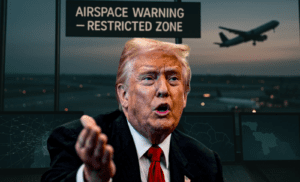The Washington Eye
A contentious and deeply unsettling question is increasingly dominating American political discourse: Is the United States witnessing the rise of fascism? The term, once relegated to history books and European case studies, is now being used by a growing number of historians, political scientists, and concerned citizens to describe a constellation of trends that are testing the foundations of the nation’s democratic order. While few argue for a direct parallel to the regimes of 1930s Europe, many observers contend that a unique, Americanized variant of illiberalism is gaining significant traction, challenging core constitutional norms.
This debate is not merely academic. It is fueled by concrete actions and rhetoric emanating from the highest levels of power. The current administration, helmed by Donald Trump, has accelerated a political style that many critics find alarming. Central to this concern is the persistent effort to undermine faith in democratic institutions. The judiciary, the free press—frequently labeled the “enemy of the people”—and the non-partisan civil service have all been targets of sustained attacks. Observers point to recent moves aimed at purging federal agencies of career officials and replacing them with ideological loyalists as a particularly worrying step toward consolidating personal power over institutional processes.
Political scientists often define fascism not by a single checklist but by a cluster of characteristics: extreme nationalism, a cult of personality around a single leader, the degradation of political opponents, a disdain for democratic procedures, and the mobilization of mass movements fueled by grievance and scapegoating. Proponents of the “rising fascism” thesis argue that these elements are increasingly visible. Rallies have become spectacles of personal devotion, where grievances against perceived cultural and political elites are amplified. The narrative is one of national humiliation and the promise of restoration through a strong, uncompromising leader who stands alone against corrupt internal and external forces.
Many political theorists emphasize that such a political transformation is rarely a sudden coup but rather a gradual process of democratic erosion. This process typically begins by systematically weakening the checks and balances designed to prevent the over-concentration of power. It seeks to redefine patriotism, shifting its focus from a loyalty to constitutional principles and the rule of law to a personal fealty to the leader. According to this framework, when the machinery of the state is slowly repurposed to serve a personality and an ideology instead of the public, a nation is considered to be on a dangerous path away from liberal democracy.
This political transformation is not occurring in a vacuum. It is intersecting with profound shifts in American society, particularly among its youth. A recent Jubilee interview featuring veteran journalist Mehdi Hasan explored the political landscape for young Americans, highlighting a generation marked by economic precarity, digital-age anxieties, and profound disillusionment with the political establishment. Hasan argued that when mainstream politics fails to offer compelling solutions or a hopeful vision, it creates a vacuum that more extreme ideologies are eager to fill.
For many young people, particularly young men, the appeal of the MAGA movement and its associated online influencers lies in its offer of a clear identity, a sense of belonging, and a straightforward explanation for their frustrations. This digital ecosystem provides a powerful alternative to traditional media, reinforcing a narrative of cultural decay and celebrating a muscular, confrontational brand of politics. While one segment of youth is moving towards progressive activism, another is being drawn to a right-wing populism that promises to restore a perceived lost order through sheer force of will. This generational schism is deepening the nation’s political polarization, creating two Americas that increasingly see each other not as opponents, but as existential threats.
The economic anxieties underpinning this shift cannot be overstated. Decades of wage stagnation for the working and middle classes, coupled with soaring costs for housing, education, and healthcare, have left millions feeling that the American dream is unattainable. This sense of betrayal makes them receptive to populist leaders who blame scapegoats—immigrants, globalists, or “woke” ideologues—for the nation’s problems.
Of course, the “fascism” label is fiercely contested. Critics of the term argue it is a hysterical overreaction and a political smear intended to delegitimize a valid conservative populist movement. They contend that Donald Trump’s policies represent the will of a significant portion of the electorate who feel ignored by a bicoastal elite. They point out that elections, though contentious, still occur, courts continue to issue rulings, and robust free speech, especially from the right, thrives online. In their view, what is happening is not the rise of fascism but a long-overdue and aggressive pushback against progressive cultural and economic policies.
Yet, even with these counterarguments, the sense of foreboding is palpable in many quarters. The normalization of rhetoric once considered beyond the pale, the stress-testing of institutional guardrails, and the deepening allegiance to a leader over democratic principles are markers that a profound change is underway. The United States finds itself at a crossroads, facing a crisis of identity that will define its political character for generations to come. The question is no longer whether the nation’s democratic resilience will be tested, but whether it will hold.















